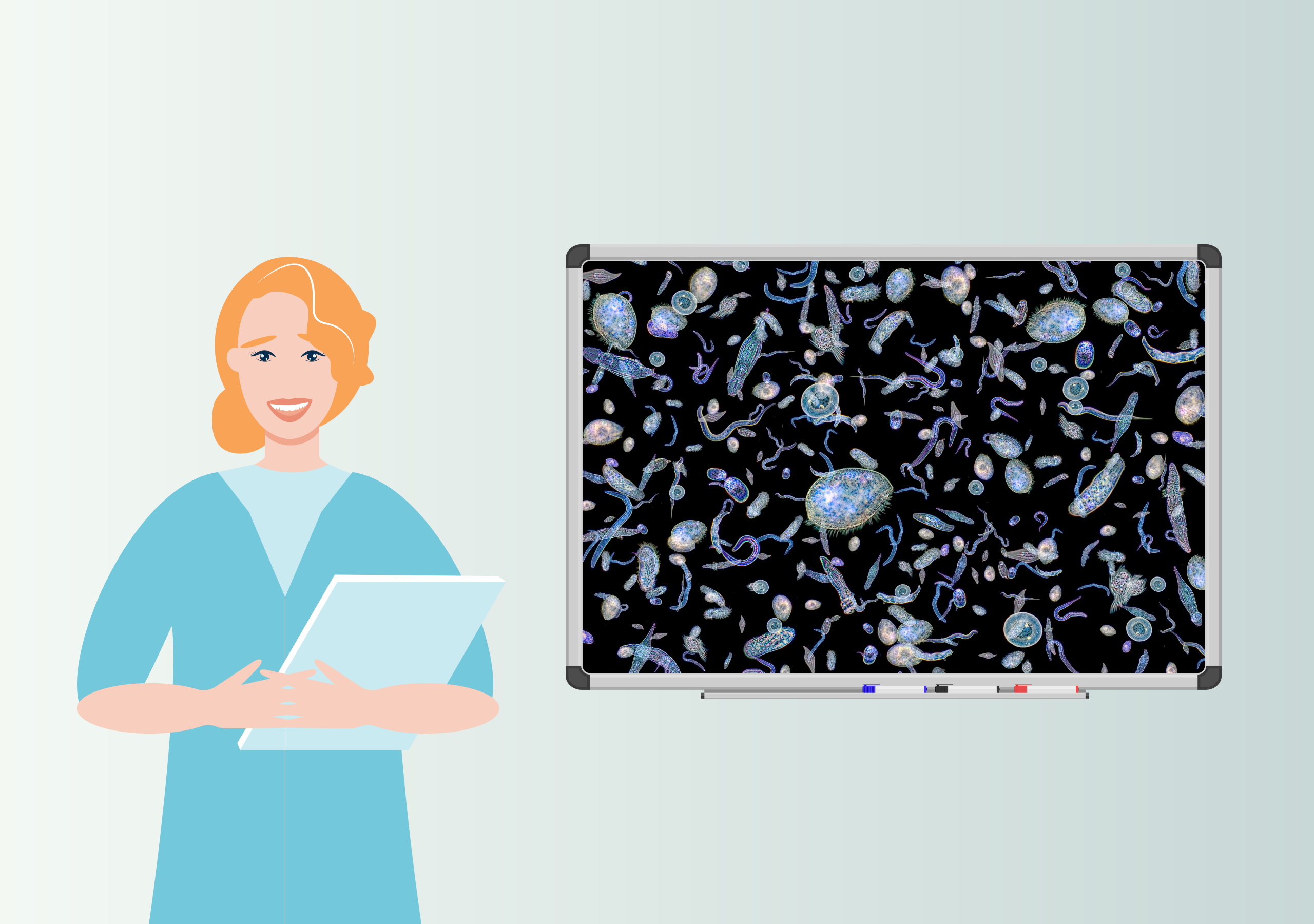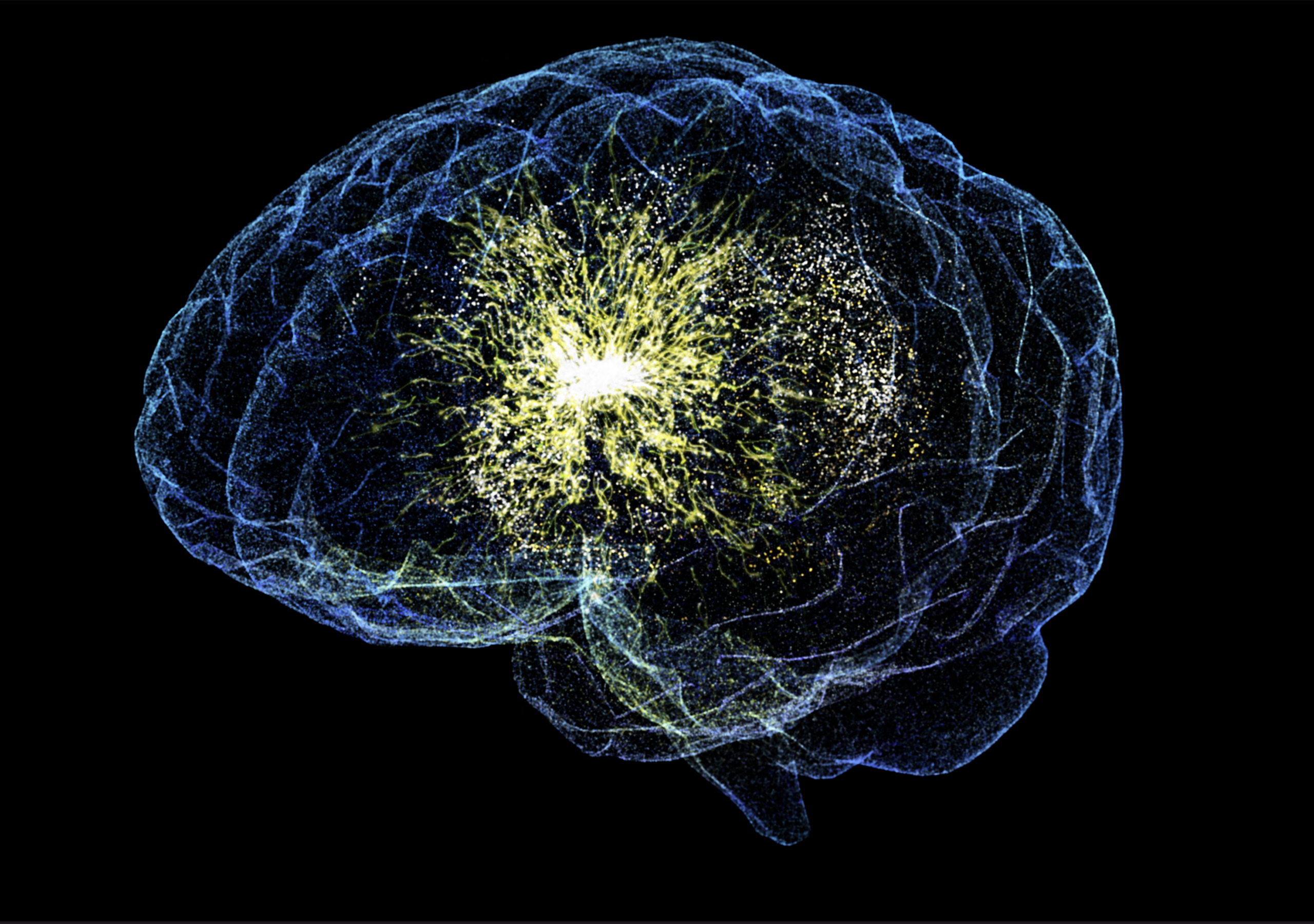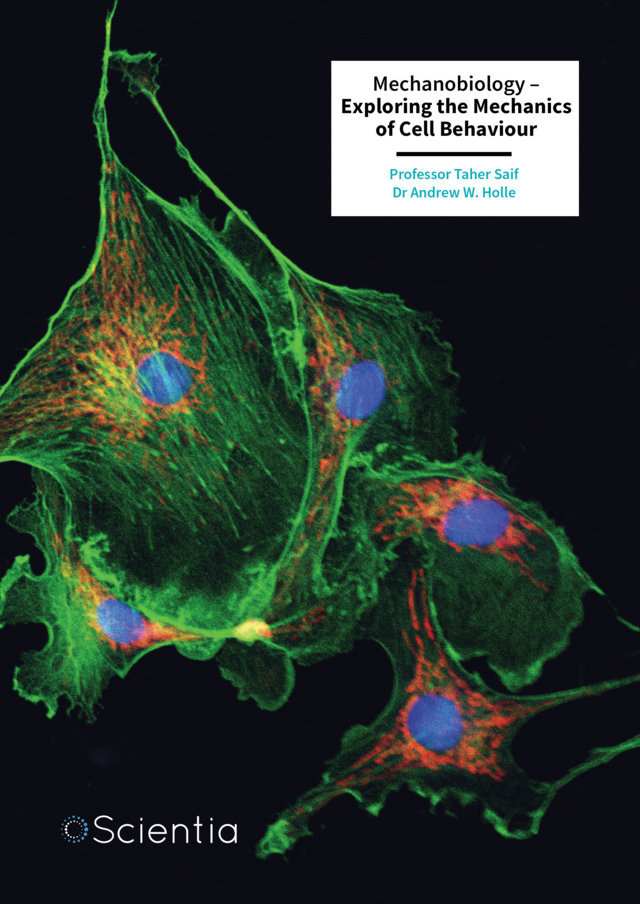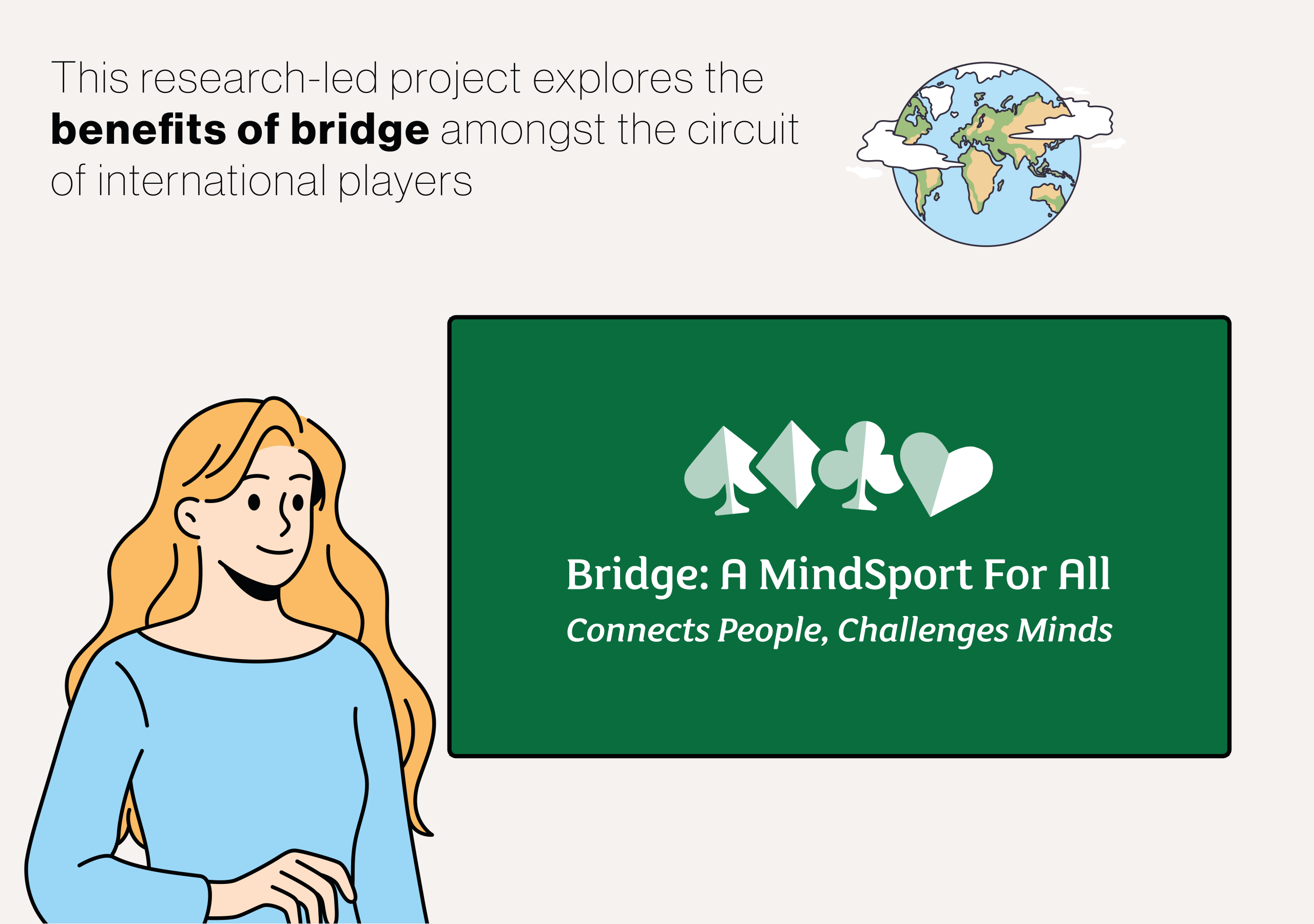If you picture doctors making their daily rounds through hospital floors, you might imagine a single doctor standing by a bedside, examining a patient’s chart, or perhaps a group of doctors discussing a case right outside a patient’s room. However, the future of hospital care may well look more like a well-choreographed team effort, with doctors, nurses, pharmacists, students, and patients themselves, all in the same room, and all working as one team. This is exactly what Dr. Sarah Hallen and her colleagues at MaineHealth Maine Medical Center Portland envisioned when they created the iPACE model, short for Interprofessional Partnership to Advance Care and Education. Launched in 2017, this model is not just changing how doctors are trained; it’s leveraging team synergies to reshape what it means to deliver healthcare. More
For a long time, medical training has happened in silos. Residents, the doctors-in-training, typically learn from attending physicians, while nurses, pharmacists, and therapists operate on parallel but often disconnected tracks. While this system works to a degree, it doesn’t reflect the real world of modern medicine. In most modern healthcare facilities, teamwork across disciplines is essential for safe, quality patient care and siloed healthcare delivery can lead to miscommunication, inefficiencies in care and create tension between professions.
The team at MaineHealth knew that there was a need for a change. They wanted to create clinical learning environments where medical residents weren’t just passive learners, but active members of highly functional, collaborative teams. The hope was that this would translate to more collaborative clinicians at the end of their training. This process required a complex rethink of how hospital rounds, which involve the daily review of patient care plans, were conducted.
The solution was the iPACE model. iPACE is a bold approach centered on bringing the entire care team together at the patient’s bedside. This approach is not merely a symbolic gesture. The interprofessional bedside rounds at the heart of iPACE are structured, intentional meetings where doctors, nurses, pharmacists, and others gather with the patient to discuss care plans together. Everyone at these meetings, including the patient and family, has a voice.
Such collaborative efforts should result in unified plans, fewer communication breakdowns, and a powerful learning experience for medical trainees who can learn from everyone present at the bedside and witness the synergy and cross-pollination that is possible when interprofessional collaboration is facilitated.
Before iPACE, these types of bedside rounds at MaineHealth Maine Medical Center Portland happened inconsistently, if at all. But after implementing iPACE on a small pilot unit, the transformation was remarkable. Patients reported feeling more involved in their care. Team members described their work as more meaningful. And residents benefited from increased collegiality with other team members and had more opportunities to learn practical skills to improve interprofessional collaboration.
Why does this matter for medical education? As Dr. Hallen’s team emphasized, the environments in which doctors train have a lasting impact. If residents learn in systems that model collaboration, empathy, and shared decision-making, they’re more likely to carry those values into their future practice.
The iPACE model didn’t just change the atmosphere, it improved the outcomes. Residents spent more time discussing patient care with colleagues from other disciplines. They also received more detailed feedback from faculty, including direct observations of their communication and team skills, something often missing in traditional training.
The iPACE model has also shown tangible benefits in terms of patient care. Patients on the iPACE unit had shorter hospital stays, which amounted to lower care costs, with no significant increase in readmissions. Outcomes such as these can result in real improvements in patient experience and real money saved.
These successes led to support from national bodies such as the American Medical Association, which funded the expansion of the model. The “iPACE Across, Out, and Over” initiative adapted the model to different specialties, from pediatrics to surgical oncology, and even tried it in outpatient settings. These adaptations varied in scope and size, but the core concept held strong in most contexts: team-based, patient-centered care leads to better outcomes.
A key to iPACE’s success has been flexibility. Instead of a one-size-fits-all mandate, Dr. Hallen and her team used a framework called “design thinking,” borrowed from systems engineering. Each unit, whether internal medicine, family medicine, or surgery, was empowered to adapt iPACE to their unique challenges and workflows, and the guiding principles were always the same.
This adaptability proved crucial during the COVID-19 pandemic, when bedside rounding was limited by safety protocols. Teams pivoted, incorporating video calls and other creative workarounds to keep patients and families engaged. Pediatrics even launched a new iPACE model during the pandemic, showing just how resilient and relevant the concept had become.
Beyond improving care and education, iPACE has the potential to change workplace culture. Staff and provider engagement scores increased when the model was adopted. As of late 2023, iPACE models had been implemented or were in development in all nine hospitals in the MaineHealth network. At MaineHealth Maine Medical Center Biddeford, for example, the hospital saw a dramatic drop in patient length of stay and an estimated $3.5 million in savings after adopting iPACE. Patient satisfaction scores also improved significantly across several domains.
The iPACE story, led by Dr. Hallen and her colleagues, is more than just a local success. It offers a roadmap for health systems nationwide seeking to improve care while also enriching medical education. This story shows that innovation doesn’t always require new technology, and sometimes it just requires a mindset shift.
What makes iPACE so powerful is that it places the patient back at the center of the healthcare experience. It reminds us that medicine is a human endeavor, best practiced not behind screens or closed doors, but in conversation and collaboration with each other, and with the people we’re trying to serve. In a world of increasingly complex healthcare, the iPACE model offers something both radical and refreshingly simple: a return to the bedside, together.







